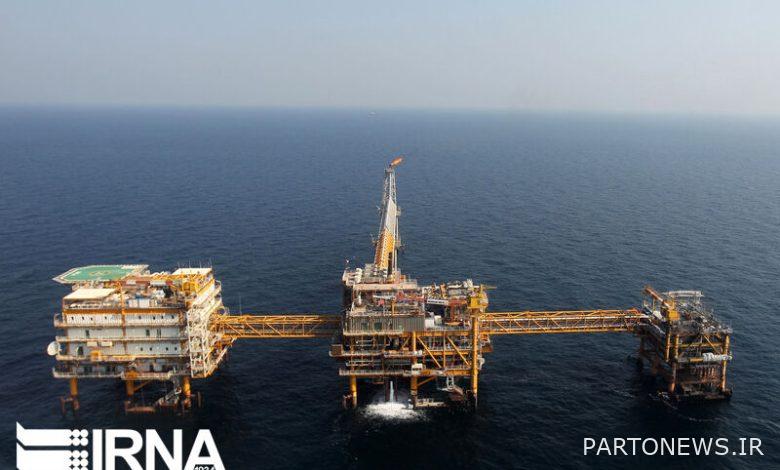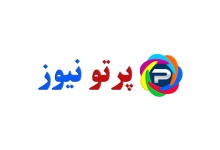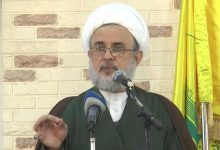Ministry of Petroleum Program for Development of Joint Fields / Using the Hengam Model to Protect Joint Oil and Gas Fields

According to IRNA on Saturday, Iran is the fourth country in terms of oil reserves and the second country in terms of gas reserves in the world and is the largest country in the world in terms of hydrocarbon reserves.
These reserves are extensive in various oil and gas fields of the country and 28 of them are common reservoirs. This means that Iran shares common ground with one or more neighboring countries, and each has a share of these fields.
Iran’s largest partner in the common fields of Iran’s western neighbor is Iraq, where there are 12 common fields between the two countries.
Iran also shares five fields with the United Arab Emirates, four fields with Saudi Arabia, four fields with Qatar and one field with each of Oman, Kuwait and Turkmenistan.
The importance of joint fields is so great for Iran that a total of 50% of the country’s discovered gas reserves are located in joint gas fields.
However, according to the Ministry of Oil, out of 28 joint reservoirs, Iran is active in 15 fields, and the development of another 13 fields has either not been completed or has not yet been produced.
One of the most important gas fields in Iran is the South Pars joint field, which is the largest joint gas field in the world.
In the oil fields, the joint fields of West Karun and Iraq, due to their size and oil location, have a significant share.
In addition to the fields whose names are heard almost daily by oil officials, there are other fields that, given their commonality, we must quickly think about the development of protection.
However, the important point is that since each of the parties in the common fields initially thinks of their maximum interests, in the development of common fields, a marathon is created between two or more countries to have the maximum harvest of field resources. . This causes the tank to be damaged gradually.
Therefore, in Western countries, the integrated development of joint fields is on the agenda so that in addition to maximum harvesting, conservation production can also take place.
However, although the Middle East is home to a large portion of the world’s hydrocarbon resources, there has been no integrated development of common fields.
Perhaps one of the main reasons for this is the presence of the world’s largest oil companies and the competition for more profits, which encourages countries to develop competitive common fields.
Nevertheless, during the recent visit of Iranian Oil Minister Javad Oji to Oman, the integrated development of the joint field was emphasized by both sides.
This square is the only joint square between Iran and Oman and is located in the Strait of Hormuz in the eastern part of the Persian Gulf and 45 km from Qeshm Island. The Iranian part of this square is called “Hengam” and the Omani part is called “Western Bukhai”. About 80% of this field is in Iran and the other 20% is in Oman.
Raising the issue of integrated development of this field and the signed memorandum is a good opportunity to use the benefits of this model of development so that Iran can use it to develop other underdeveloped common fields.
Hengam field problem solved / Iran’s share of this oil field is 80%
In this regard, “Seyed Mehdi Hosseini,” former Deputy Minister of Oil, in an interview with IRNA economic reporter, stating that the integrated development of the field has been raised for more than a quarter of a century hsj, said: From sources inside the tank.
He added: “This problem has been solved in Hengam Square and the share of each country has also been determined.”
According to Hosseini, based on the talks, Iran’s share of the field is 80 percent and Oman’s share is 20 percent.
He continued by stating that the oil and gas resources of Hengam field are suitable: therefore, the development of this field has a good economic justification.
The former Deputy Minister of Oil emphasized: In addition to the possibility of exporting oil and gas condensate of this field after development, the gas of the field can also be consumed both inside the country and to Oman for use in LNG facilities. Transferred. Oman has an LNG plan that needs gas and seeks to receive gas from Iran.
Planning for integrated development for Arash joint field
Noting that the amount of each country’s share of this common field has been determined, he said: “Therefore, Hengam field is more ready for integrated development than other common fields. However, we can use this integrated development as a model for the development of other common fields.” .
Hosseini referred to the development of the Arash joint field, which is shared between Iran, Saudi Arabia and the UAE, and added: “We can do the same in the Arash joint field with the successful integrated development of the Hengam joint field.”
Referring to the advantages of integrated development of joint fields, he continued: “The biggest advantage is the correct and safe development of the field, while in competitive development the reservoir is damaged and is opposed to the protection of the field.”
According to Hosseini, even if we do not want to have integrated development in common fields, we can create a joint committee between countries to exchange information in preliminary studies, seismography and excavations so that the field is not damaged.
He stressed: “Therefore, if we can not develop joint fields in a unified manner, the creation of joint committees is very useful.” We must try not to develop on both sides like South Pars so as not to be damaged by the staggering harvest of the reservoir.
Hosseini pointed out that the joint Hengam field could be integrated with the presence of a large international oil company along with an Iranian exploration and production company, and said: “With this action, joint investment will be made between Iranian and foreign companies. The required capital is also provided.
He continued: “Also, the Iranian exploration and production company is known internationally and they can go to international banks and finance it.”

